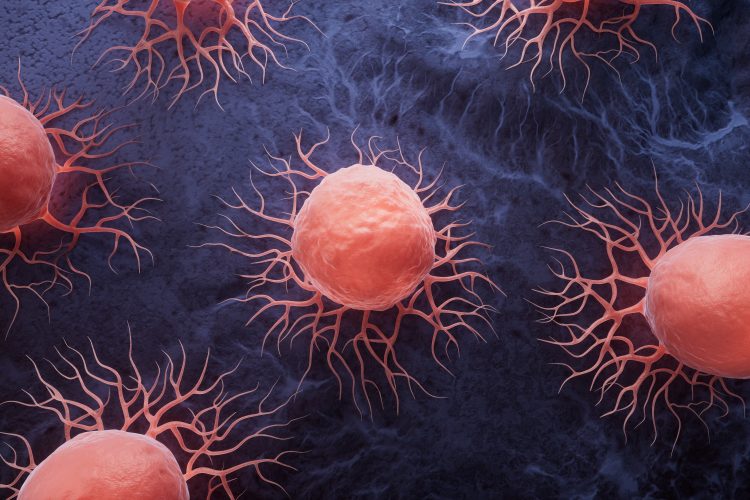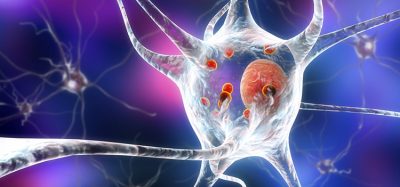ecDNA discovery targets ‘zombie’ cells in childhood cancers
Posted: 14 August 2025 | Drug Target Review | No comments yet
Researchers have discovered how circular extra-chromosomal DNA drives relapse in childhood cancers and found a way to target dormant “zombie” tumour cells – which could allow for the development of more durable treatments.


Cancer remains the leading cause of disease-related death in childhood. One contributing factor is the presence of cancer-associated genes – known as oncogenes –that can exist far from chromosomes inside tumour cell nuclei. These genes often reside on ring-shaped DNA structures.
These ring-shaped DNA structures – called circular extra-chromosomal DNA elements (ecDNA) – are fragments of DNA that have broken off from normal chromosomes and been reassembled incorrectly by DNA repair mechanisms. This process results in floating circles of DNA within cancer cells.
“We have shown that these ecDNAs are much more abundant in solid paediatric tumours than we previously thought,” said Dr Lukas Chavez, an associate professor in the Cancer Genome and Epigenetics Program at Sanford Burnham Prebys. “And we have also shown that they are associated with very poor outcomes.”
Linking ecDNA to neuroblastoma relapse
In findings published in Cancer Discovery, an international research team looked into why a common paediatric cancer – neuroblastoma – can initially respond well to chemotherapy but later relapse – sometimes even years later.
Cancer cells with numerous copies of the MYCN oncogene on ecDNA grow quickly but are more susceptible to chemotherapy. In contrast, cells with fewer copies of the oncogene on ecDNA can slip into a dormant, zombie-like state called senescence. These cells stop dividing but remain alive, unaffected by chemotherapy. Over time –sometimes a year or two later – they can reactivate, fuelling cancer recurrence.
Targeting “zombie” cancer cells
The researchers found that combining standard chemotherapy with another treatment designed to target senescent cancer cells significantly improved results in mouse models of neuroblastoma.
Ashley Hui, a graduate student in the Chavez lab, demonstrated that this same phenomenon – low levels of ecDNA carrying MYCN leading to zombie-like cells – also occurs in medulloblastoma – the most common malignant brain tumour in children.
Toward lasting cures
The discovery of ecDNA’s role in driving relapse – and the potential to eliminate dormant “zombie” cells – could allow for more durable treatments for childhood cancers. By combining genetic discoveries with targeted therapies, researchers are moving closer to preventing recurrence and improving survival rates.
“By integrating genomic analyses of tumour DNA with hypothesis-driven functional experiments and high-throughput drug screening, we aim to discover new drugs and drug combinations that halt tumour growth by eliminating these oncogenic DNA circles,” said Chavez.
“Ultimately, our goal is to translate these scientific advances into more effective therapies and lasting cures for children with brain cancer.”
Related topics
Cancer research, DNA, Drug Discovery, Epigenetics, Genomics, Oncology, Sequencing, Therapeutics, Translational Science
Related conditions
Cancer
Related organisations
the Cancer Genome and Epigenetics Program at Sanford Burnham Prebys








